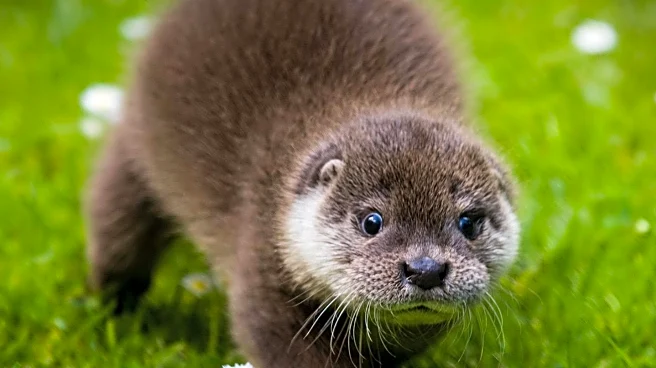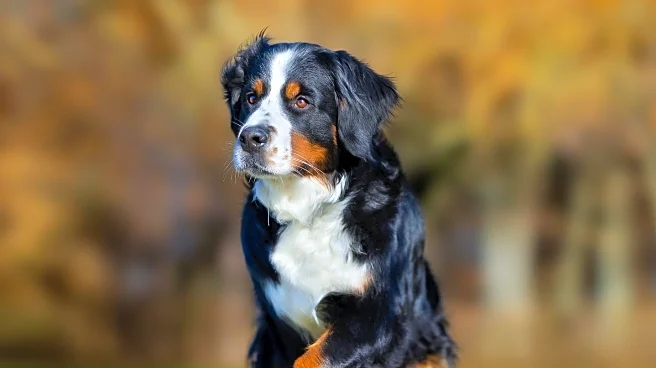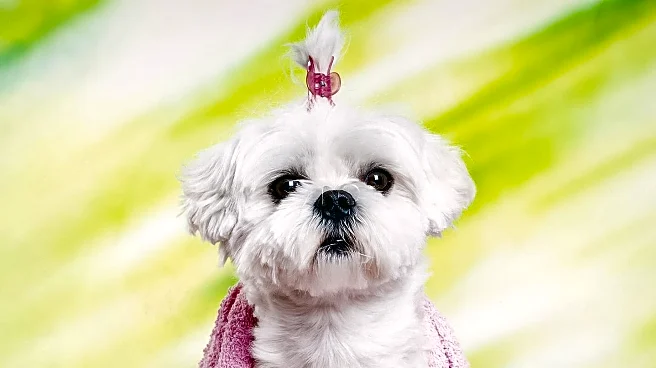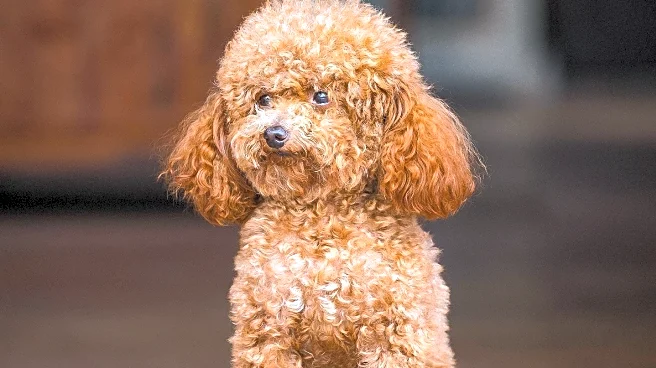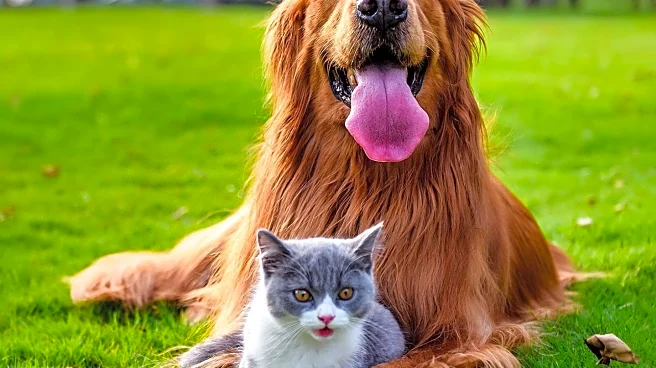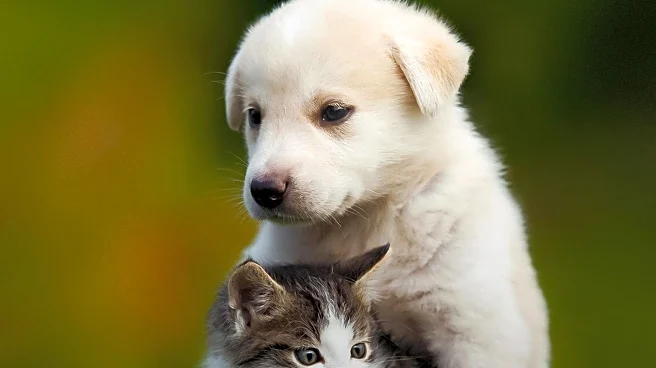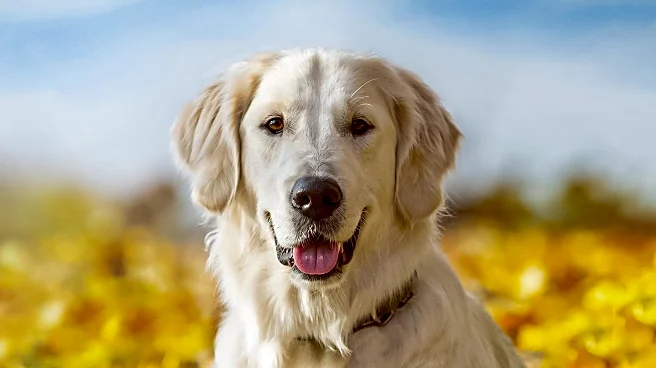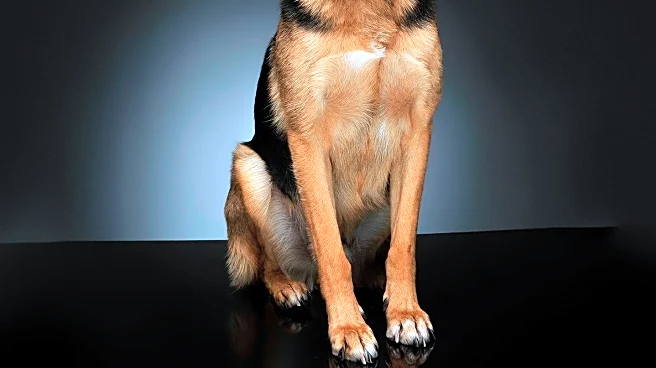What's Happening?
In an article by Lori Sternola, the focus is on the breeding strategies for Otterhounds, a rare dog breed. The author shares insights from experienced breeders who emphasize the importance of maintaining
breed lines and the challenges of introducing outcrosses or imports to broaden the gene pool. The article highlights the breeders' advice to stick to known lines if they are satisfied with the current breed characteristics. This discussion is part of a broader conversation about preserving rare breeds and ensuring their health and sustainability. The article also acknowledges the contributions of various breeders and experts who have shared their knowledge and experience in the field.
Why It's Important?
The preservation of rare dog breeds like the Otterhound is crucial for maintaining genetic diversity and preventing the extinction of unique canine lineages. Breeding strategies that focus on maintaining established lines can help ensure the health and stability of these breeds. However, the introduction of outcrosses or imports can also play a role in enhancing genetic diversity, though it must be done thoughtfully and strategically. The insights shared by experienced breeders provide valuable guidance for those involved in rare breed preservation, highlighting the need for careful planning and consideration in breeding decisions.
What's Next?
Breeders of rare dog breeds, including Otterhounds, may continue to evaluate their breeding strategies, considering the advice of experienced peers. They might explore the potential benefits and drawbacks of introducing new genetic material into their lines, weighing the impact on breed standards and health. The ongoing dialogue among breeders could lead to new approaches in rare breed preservation, fostering collaboration and innovation in the field. Additionally, breeders may engage with breed clubs and organizations to share knowledge and support efforts to maintain the integrity and sustainability of rare breeds.
Beyond the Headlines
The discussion around rare breed preservation touches on broader themes of biodiversity and conservation. As breeders work to maintain the health and viability of breeds like the Otterhound, they contribute to the larger effort of preserving genetic diversity within the canine population. This work has implications for animal conservation more broadly, as it highlights the importance of maintaining diverse gene pools to ensure the resilience and adaptability of species. The article serves as a reminder of the interconnectedness of breeding practices and conservation efforts, emphasizing the need for thoughtful and informed approaches to rare breed preservation.
